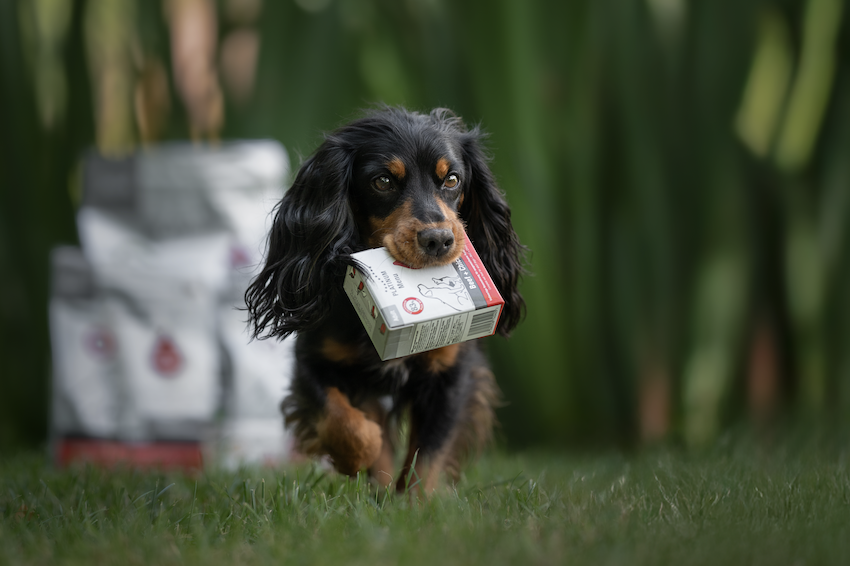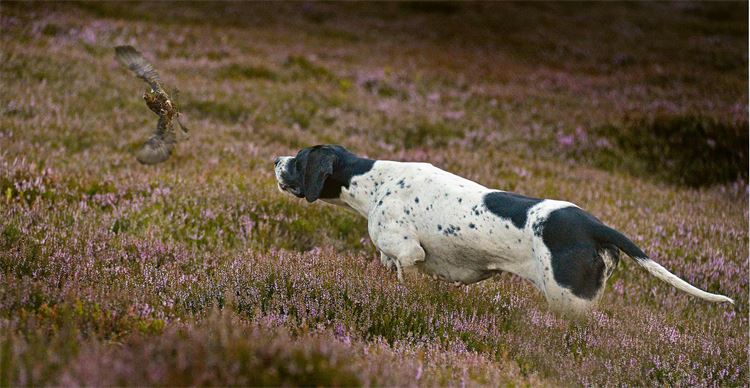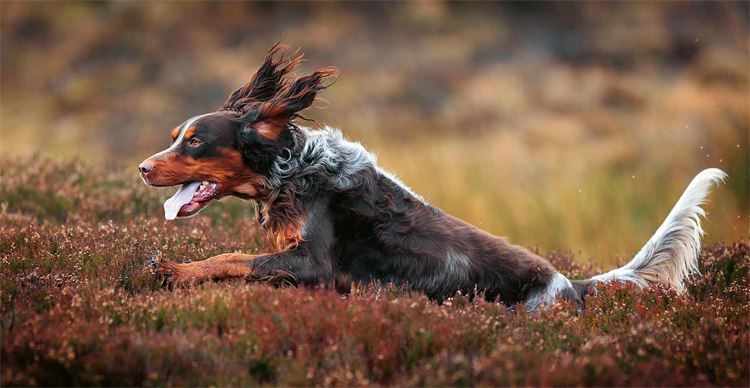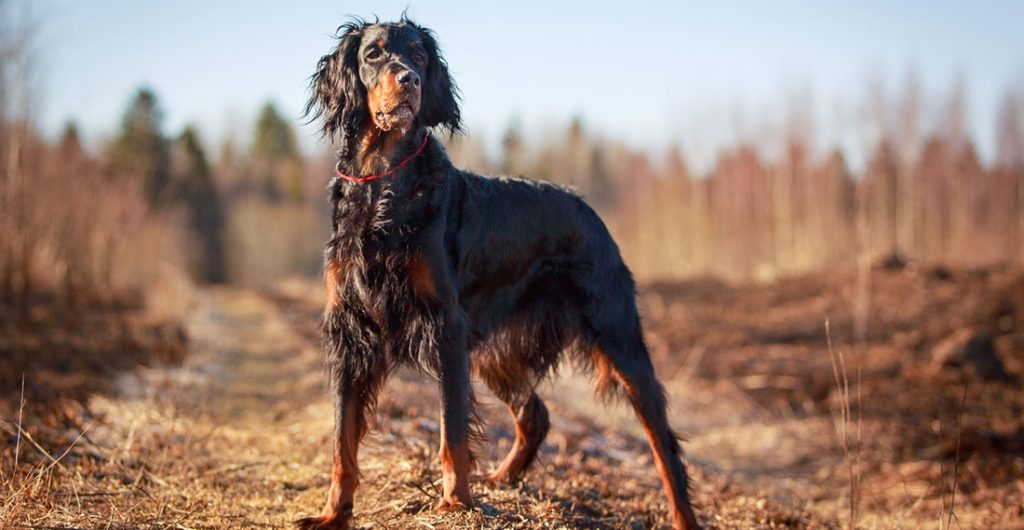Style and substance on the moor
After a long career with pointers and setters, Jon Kean explains the unique appeal of these majestic grouse dogs.
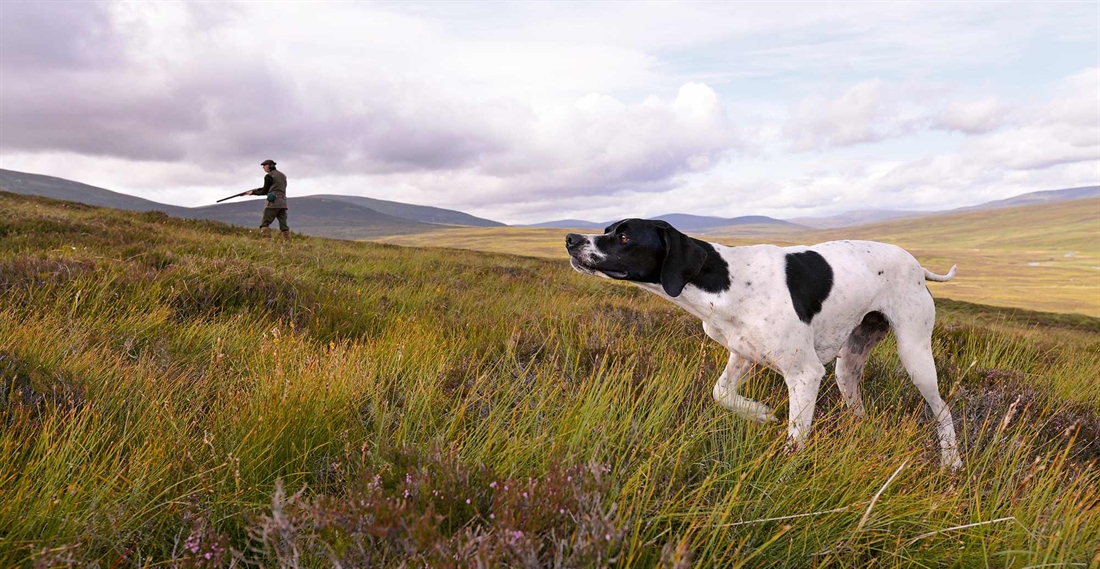
Shooting over pointers and setters has always been a passion of mine ever since I became involved in gundogs and shooting. In the 1970s, I spent a great deal of time on the grouse moors of Perthshire, the Scottish Borders, Aberdeenshire, Caithness and Sutherland (up to a month in some years).
Many of the moors in the far north of Scotland used large teams of pointers and setters for grouse shooting. In Caithness and Sutherland, many of the estates had teams of English setters, with the exception of Langwell Estate who had pointers. Interestingly, some estates brought pointers and setters to the Highlands – purely for walked-up grouse shooting over the dogs. These dogs were expected to work for hours on end in search of the quarry.
The glory of the sport
For me, there is no greater sight than a pair of pointers or setters hunting a moor with pace and style in search of grouse. William Arkwright’s famous book The Pointer and his Predecessors (1906) captures what it is like to work with these beautiful gundogs on a day’s walked-up shooting. Arkwright states: “The chief glory of the sport is to shoot over a brace of raking pointers, matched with speed and style, sweeping over the rough places like swallows, and passing each other as if they were fine ladies not introduced. Let one of them get a point and the other will, as if connected by invisible wire, instantly point at him (i.e. back him). And as the pointing dog advances to make sure of the birds, the backer will do the same – often with an absolute mimicry of his leader’s movements.”
Fitness first
So how did I first become interested and go about finding information on the sport? Firstly, I met two influential and extremely knowledgeable pointer ladies while spectating at a field trial – Lady Jean Fforde and Patience Badenoch Nicolson. Following those chance meetings, I decided I wanted to work pointers and setters on a grouse moor. They introduced me to really wonderful pointer trainers and handlers – for example the late John Nash, Marcia Clarke, Patricia Wood and Billy Darragh. Their knowledge and experience was invaluable to me and I set about producing a team of pointers which would be able to cope with the rigours of a full day’s shooting on mountainous ground. The bottom line was the dogs had to be supremely fit, as the gamekeepers would walk any amount of miles and the handlers had to be capable of doing at least 10, sometimes 15, miles a day.
Red letter days
In 1980 Lady Jean introduced me to Glasgow businessman Charles Connell, who had just purchased the Garrogie and Stronelairg estates in Inverness-shire on the strength of pre-war grouse records. Garrogie is about 36,000 acres in size and Mr Connell wanted to use a team of pointers to find out exactly what stocks of grouse were on the ground. So for many years I headed to Garrogie in the heart of the Monadhliath mountains in Inverness-shire for grouse shooting over pointers. Our best bag ever was 55½ brace of grouse at the Brotten Ridge on the estate. We often used pony panniers to transport the shot birds back to the game larder. However, Headkeeper Bill Brailsford and his right-hand man Calum Kippen carried 55½ brace back in their game bags that afternoon.
A moorland paradise
Mr Connell told me at the time that when he bought the estate in 1980, on the basis of gamebooks showing 2,000 driven grouse a year until 1938, he was “extremely unconfident” of ever bringing viable driving grouse moors back to the estate. However, due to excellent management, the estate was awarded the Laurent-Perrier prize for wild game conservation in 1996, which has since evolved into the Purdey Awards for Game & Conservation. Some of the ground was extremely tough on the dogs as the high ground had a lot of peat hags.
Generally I had a team of more than six pointers to cope with the arduous work. One thing is for sure – Garrogie was different from many moors south of the border. It is high, steep and remote with extremes of weather in winter and spring. We needed dogs with experience of working out coveys in ones and twos. When shooting, we generally take one or two Guns to the point. I like the Guns to be about 10–15 metres apart on either side of the pointing dog. The most difficult part, for me as a handler, is when we have a downwind find. My preferred option is to walk straight to the dog with a Gun on either side of me – in safety terms, this is the safest option.
Many years ago, we held the Kennel Club Champion Stake at Logiealmond Estate in Perthshire, owned by the late Earl of Mansfield. He was a very keen Shot and loved to shoot over pointers, so I also spent a lot of time there and really enjoyed working with the Headkeeper Roddy McIntosh. Once we got on the high ground we would have a glorious, panoramic view of virtually the whole of Perthshire.
Counting and walked-up days
In recent years we’ve done a lot of grouse counting in the north of England, the Scottish Borders, Perthshire and the Highlands. The great thing about this is that it can give you a rough idea of the shootable stock. Most of the keepers I work with are very keen to use pointers and setters for this purpose. At the same time, however, it is not a good idea to use young dogs for counting. In my personal experience, it’s better to use the reliable, experienced dogs that know their job.
Last year was a disastrous season for grouse in many parts of the country. Some estates were able to use pointers and setters for walked-up days, though, which may not have made up for the absence of driven grouse, but I suppose that’s a matter of opinion…
Exercise and recommended reading
So how much exercise do pointers and setters need? I always give them a good gallop each morning and a run in the afternoon. Short and sharp is the message. I’m lucky where I live because we have a couple of paddocks for this purpose. I exercise young pups on their own – always. Otherwise, they are easily distracted when their focus needs to be on me as their trainer.
For the newcomer to the sport, there are some good reference books available. I run seminars from time to time and tell people the following books are to be recommended:
Training Setters and Pointers for Field Trials by Professor John Beazley, Aldred Manners and Arnold C. White Robinson.
Training Pointers and Setters by J. B. Maurice.
Dog Breaking by General W. N. Hutchison.
The Pointer and his Predecessors by William Arkwright.
Working Pointers and Setters by David Hudson.
The definition of style
When working with and judging dogs in any sphere there is always a slightly nebulous concept of style to consider, but for me these moorland dogs just ooze class. Even the official Kennel Club description touches on this element of pointers and setters: “Dogs shall be required to quarter ground systemically with pace and style in search of game birds, to point gamebirds, to be steady to flush and shot and where applicable, to fall. Dogs should not be gun shy. The dog should work its point out freely on command without the handler either touching the dog or moving in front of it.”
I hope it’s obvious from what I have written here that I remain enchanted by these majestic moorland gundogs, even after all these years, but you may ask why? Well, apart from their magnificent appearance, these dogs have that wonderful asset of fulfilling a role they have been bred for over many generations. And what could be more satisfying in a sporting sense than to work with these stylish animals in some of the most breath-taking landscapes of the British Isles in search of the king of the gamebirds?
Photographers / SARAH CALDECOTT, ANGUS BLACKBURN and STEPHEN WARD
Related Articles
Get the latest news delivered direct to your door
Subscribe to Gundog Journal
Unlock the full potential of your working dog with a subscription to Gundog Journal, the UK’s only dedicated magazine for gundog enthusiasts. Published bi-monthly, this authoritative resource delivers expert training advice, in-depth interviews with top trainers and veterinary guidance to help you nurture a stronger bond with your dog.
With stunning photography and thought-provoking content, Gundog Journal is your essential guide to understanding, training and celebrating your working dog.
Save 10% on shop price when you subscribe, with a choice of packages that work for you. Choose from Print & Digital or Digital only with each journal delivered directly to your door or via the app every other month, plus access to past issues with the digital back issue library.





